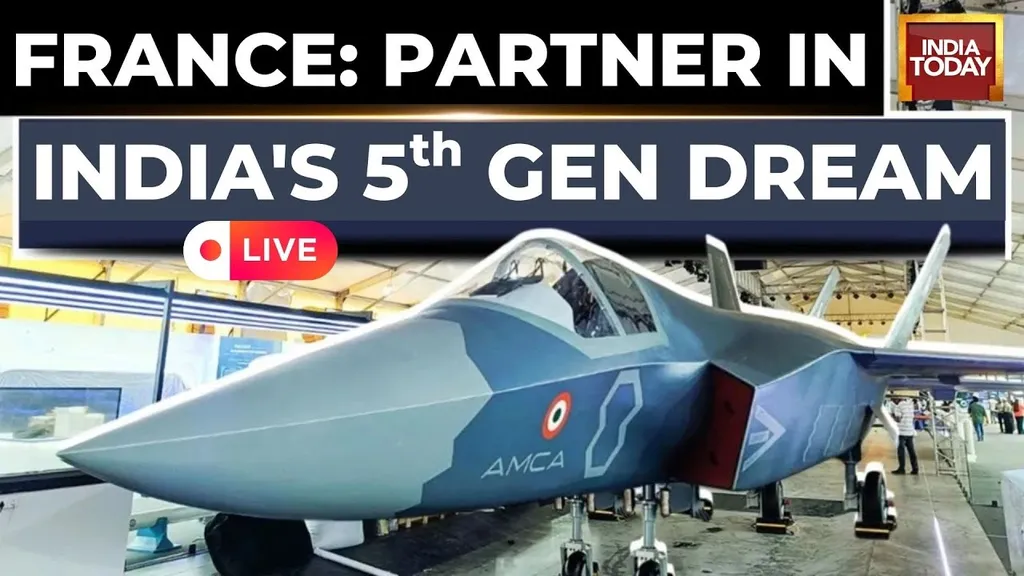India has taken a decisive step toward achieving self-reliance in military aviation with the selection of French aerospace giant Safran to co-develop and manufacture a high-performance jet engine for its Advanced Medium Combat Aircraft (AMCA). Valued at approximately $7 billion (Rs 61,000 crore), this collaboration marks a pivotal moment in India’s defence industrial strategy, with a full 100% transfer of technology (ToT) ensuring that India will retain complete intellectual property rights (IPR) over the engine.
Defence Minister Rajnath Singh confirmed the partnership on August 22, 2025, at the Economic Times World Leaders Forum, stating, “We have taken steps towards building fifth-generation fighter aircraft. We are now moving towards manufacturing their engines in India itself, in collaboration with the French company Safran.” The Defence Research and Development Organisation (DRDO) is now finalising the proposal for presentation to the Cabinet Committee on Security (CCS) for final approval.
At the heart of this initiative is the development of a 120-kilonewton (kN) thrust engine, a critical component for the AMCA—a 25-tonne, twin-engine stealth aircraft designed for air superiority and deep-strike missions. While the initial Mark 1 version of the AMCA will rely on General Electric’s F414 engines, the more advanced Mark 2 variant will require the higher-thrust 120 kN engine to unlock its full potential, including supercruise capabilities and enhanced manoeuvrability.
The Indian Air Force (IAF) plans to induct seven squadrons (126 jets) of the AMCA, with the first two squadrons featuring the Mk1 variant and the subsequent five equipped with the new, more powerful engine co-developed with Safran. The selection of Safran, which supplies the M88 engines for the Rafale fighter jets, followed a rigorous evaluation process that included proposals from other international manufacturers, such as the UK’s Rolls-Royce.
The project will be spearheaded by DRDO’s Gas Turbine Research Establishment (GTRE) in Bengaluru, with the collaboration expected to significantly bolster India’s domestic aerospace industry. By fostering a robust supply chain and enhancing technical expertise across both public and private sectors, this initiative aligns with India’s broader ambition to become a global hub for defence manufacturing.
However, some defence experts have cautioned against over-optimism, citing past challenges such as the delayed indigenisation of the Shakti helicopter engine—a previous Safran partnership. To mitigate such risks, the new agreement is expected to include stringent timelines and accountability measures to ensure the timely execution of technology transfer and production milestones.
The success of this project is pivotal for India’s strategic autonomy, reinforcing its ability to design, develop, and manufacture critical defence technology without external dependencies. As the nation advances toward its goal of self-reliance, this collaboration with Safran could set a new benchmark for international defence partnerships, shaping the future of military aviation in India and beyond.

